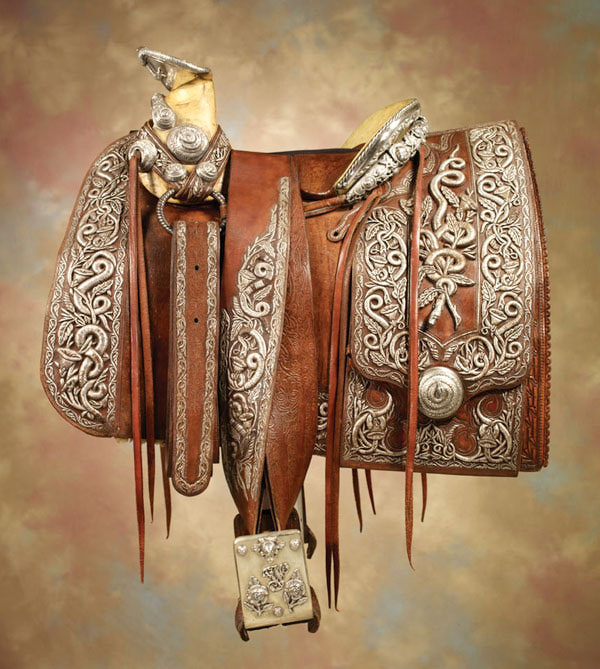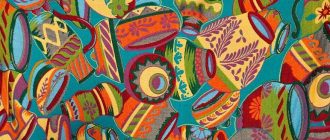Mexican antique saddles have a lavish history that tell tales of their origin and the history of cowboys. The western saddle stemmed from Mexico and underwent a lot of development in the subsequent centuries. Read our guide for more facts and information…
In the earlier days, horsemen rode bareback and went on to use saddle blankets that eventually developed into saddles. While the cavalry of the East relied on speed and adopted minimal armor and lightweight saddles, the heavy plate armor was prevalent in Europe, following which the knights used high cantles and raised pommel for seat security and leg protection. The ‘la jineta’ seat of the Middle East characterized by short stirrups greatly influenced the Spaniards and eventually the West.
Early Mexican Saddles
Mexican saddles evolved from the vaquero (cowboy) saddle brought into the country by Spanish cowboys. During the Moorish invasion of Spain, their riding and tack styles entered the country and influenced the saddles of the knights as well as crusades. This became the Spanish war saddle and entered the New World during the Spanish conquest of Mexico. Eventually, as the Spaniards shifted their attention from conquest to expansion, the stock saddle was developed as a contrivance for the cowboy. By the beginning of the nineteenth century, Mexican horsemen adopted the saddletree featured with practical design elements that distinguishes it even today.
Evolution of Antique Western Saddles
Western saddles were originally designed for cowboys who needed the comfort and stability to remain seated on the saddle for long hours. The ‘la estradiota’ (Spanish war saddle) and the ‘la jineta’ (Cavalrymen Saddle) influenced the designs of the first cowboy saddles developed in America. Practical features incorporated to suit the desert conditions of America resulted in the development of the American saddle, then the Mexican saddle and eventually, the American western saddle. The western stock saddle owes its origin to Hispanic-Mexican influence exemplifying the American culture of the nineteenth century. The initial models had no saddle horn, but creative Spanish vaqueros and Mexican cowboys invented the saddle horn out of necessity to rope cattle. Apart from flat, wider stirrups for better balance, lighter versions evolved for pleasure riding. Mexican vaqueros were quite deft to lasso an animal and rope it to the saddle horn.
Mexican Antique Saddle Modifications
Though the early Spanish saddle was used for about two centuries with only slight modifications, the colonial Mexican stockmen developed a unique national form by the beginning of the seventeenth century. Called ‘la silla vaquero mexicana’, it gained fame as the vaquero saddle, or more precisely, the Mexican cowboy saddle by the mid-nineteenth century. In the same century, the Mexican vaquero took the form of the stock saddle, which standardized saddles in many parts of the United States and also became a precursor for the Texas saddle. Other well-known variations are the ‘la silla charra’, popular as the Charro saddle, and the Santa Fe saddle.
Mexican antique saddles that remain today bear complacent marks of wear and tear, illustrating the age old cultural aspects of Mexican culture.





